Advantages and Disadvantages of Conventional Sources of EnergyThe Earth's natural resources for energy production are abundant. While some of these resources are only ever used once or in little quantities and are also bad for the environment, others may be utilized repeatedly without posing a threat to the future and are environmentally friendly. The need for energy across all industries is growing daily for a nation's economy. It is one of the most important parts of the system's social and economic foundation. It is crucial to humankind's continued existence. 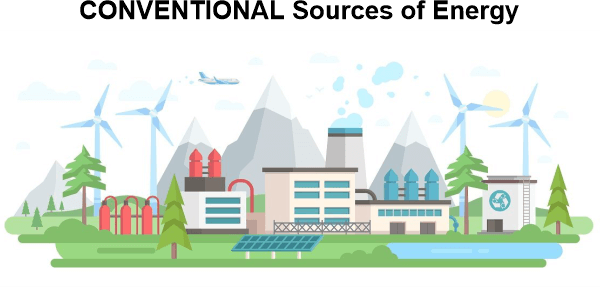
Conventional energy sources have been in use for a long time and were widely used in the years leading up to the 1973 oil crisis. the use of nuclear energy, hydropower, and fossil fuels, for instance. Except for hydropower, these energy sources are found in small quantities on Earth and are not self-renewing. In contrast to fossil fuels and nuclear energy, not renewable energy sources, hydropower is one. "Conventional sources of energy" or "non-renewable energy resources" are terms we use to describe energy sources that are exhausted and cannot be replenished. The most significant conventional energy sources are these. These include nuclear power, coal, oil, and natural gas. The most extensively utilized energy source is oil. 90% of the commercial energy produced worldwide is produced using coal, petroleum, and natural gas, while 10% is produced using hydroelectric and nuclear power. Classification of Energy Sources:
If an energy source cannot be used again after being used once, it is referred to as a conventional energy source. The traditional energy sources are unchanging and bad for the environment. It can also be separated into two groups (such as coal, petroleum, nuclear energy, natural gas, etc.)
Because these resources are quickly replaced or refilled, they are considered clean or renewable. (such as dried dung, straw, fuel, etc.) Traditional energy source categories:1. Coal:The most plentiful conventional energy source that has a 200-year lifespan is coal. A sedimentary rock, it is dark brown and black. The transformation of plant remnants into lignite and, eventually, anthracite results in a coal formation. This entails a drawn-out procedure that goes on for a very long time. Coal is used for several purposes, including home heating, powering boilers and steam engines, and creating electricity at thermal power plants. About 70% of all commercial energy used in the nation is accounted for by it. 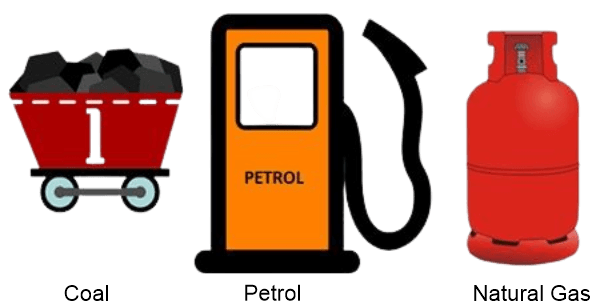
2. Oil:Oil resources refer to the process of extracting oil from deposits. Oil is the most widely used of all the traditional energy sources. The oil supplies are even more limited, considering that it is one of India's most significant conventional energy sources. 3. Natural gas and petroleum:Alkanes and cycloalkanes, two types of hydrocarbons, make up petroleum. Petroleum is a crude black liquid, and when a natural gas gets in touch with a coating of petroleum, it forms a gas. Methane, Ethane, Propane, Butane, and Hydrogen Sulfide make up 50-90% of natural gas. Crude petroleum is available as gasoline, diesel, lubricating oil, plastic, etc., after being refined and purified. The domestic sector also benefits significantly from natural gas. In comparison to other fossil fuels, it produces less air pollution. 4. Fuel Woods:It describes numerous kinds of wood used for heating, steam engine power, cooking, and other purposes. Firewood, charcoal, sawdust pellets, wood chips, etc., are several types of fuelwood. The rural population produces energy for their daily cooking using the maximum amount of fuelwood. Rural people collect wood from plantations and untouched forests. Deforestation, however, was caused by excessive fuelwood use. Gases harmful to human health are released into the atmosphere when this resource is burned. To replace fuelwood, people are now using coal or biogas. According to a recent estimate, approximately 67% of rural households in India still rely on wood chips or firewood for cooking. Only 12% has been lost over the past 20 years, according to data that the Ministry of Statistics released in 2015. 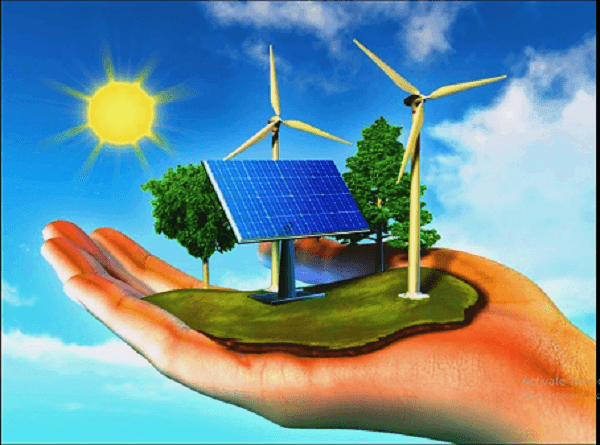
5. Thermal Power Plant:Power plants need a lot of fossil fuels to heat water, create steam, and then turn a turbine to produce electricity. Because fuel is burned to produce heat energy, which is then transformed into electrical energy, the facility is known as a thermal plant. Moving over the same distance makes moving electricity more efficient than moving coal or oil. 6. Atomic energy:Nuclear materials may produce a significant amount of energy from a small amount of radioactive material anywhere in the world. There are 300 nuclear reactions, all of which are necessary to produce nuclear energy. Compared to sources like coal power plants, nuclear energy generates less greenhouse gas emissions during electricity generation, making it one of the conventional energy sources that are least harmful to the environment. The same nuclear energy, nevertheless, is enormously released into the environment in the event of an accident. The remaining nuclear waste is radioactive and dangerous. Advantages of Conventional Energy Sources:Most efficient: The traditional energy source has a very high efficiency. They deliver abundant energy instantly. This is the most reasonable and important justification for their use in residential and commercial settings. Traditional energy sources like coal, cow dung, and kerosene oil supply more energy than non-conventional energy sources like wind or solar. Therefore, it is obvious that conventional energy sources are more energy-dense, which is another reason why they are the main way electricity is produced. 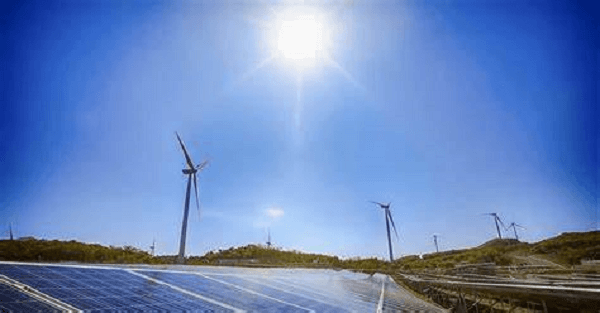
Popular source: We have been using the traditional source of energy for a long time-decades, centuries, even. Most likely, this is the cause of people's preference for conventional energy even after being told about the benefits of renewable energy. For instance, you need to install a system to use energy from the sun or wind. To utilize sunshine, one must have a correct solar panel setup, understand when and how to use it, and know the dos and don'ts. On the other hand, conventional energy sources are extremely adaptable and simple to employ in daily life for various reasons. As a result, it provides the majority of nations with a significant power source. 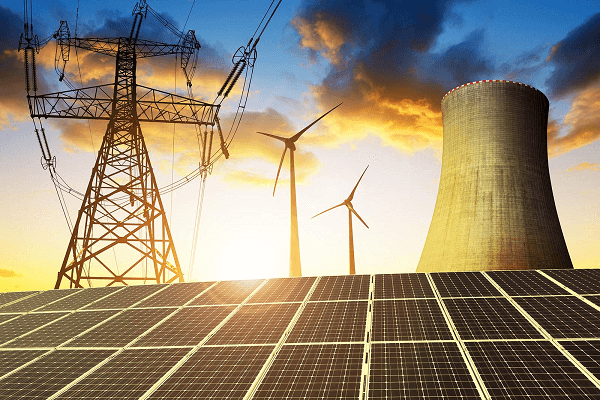
Abundant: This word sounds contradictory yet is also accurate. Traditional energy sources are readily available now and for the foreseeable future. Because of this, it is always immediately accessible. There is no dependency requirement in contrast to renewable energy sources. Cow manure is abundant because coal is abundant. Effective in terms of cost: We hesitated once when discussing the installation of the solar panel. However, traditional energy sources have been around for ages and are still prevalent in all facets of society, mostly due to their low cost. It is excessively expensive for this reason. Convenience: At that time, our major concern was always using anything convenient. If it's for business, it's also extremely simple and practical to transfer the conventional energy sources in this situation. They are really simple to use when used in a residential setting. This is because some individuals still struggle with using technology and truly want to turn to their more traditional sources of energy, which are conventional sources of energy. There isn't a storage issue other than that. Making them a more appealing option for customers will help you store these sources. People residing in underdeveloped locations can easily obtain conventional energy sources when there is no access to renewable energy sources for whatever reason. Disadvantages of Conventional Sources of EnergyDependent: The section above talked about how conventional energy sources have greatly benefited us. But there are also some limitations. We have relied far too heavily on this conventional form of energy. Because of this, it is challenging to consider transitioning to non-conventional sources of energy, such as the sun, wind, etc. Although there is a surplus of resources, we must remember that it takes centuries or even millennia for these resources to form. Additionally, there is a severe imbalance in the ratio of formation to consumption. Morally, we should know which of the two options is better to avoid running out of these traditional energy sources in the future. 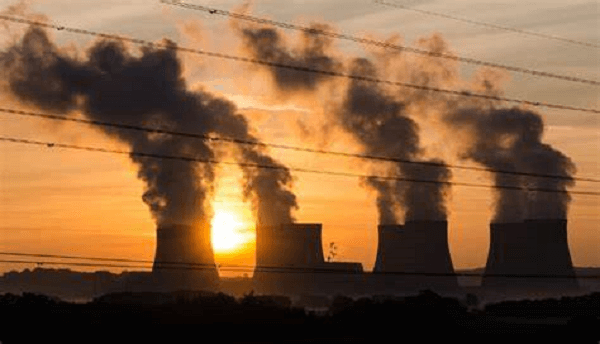
Causes health issues: Respiratory issues are the most typical problem type. When conventional energy sources are used, harmful gases are released into the atmosphere. The air, water, and land are all polluted when conventional energy sources are burned. Coal mining, while using powerful machinery, is a risky job. The risk is higher for those working in the mining process. This procedure releases hazardous gases, which have the potential to explode. 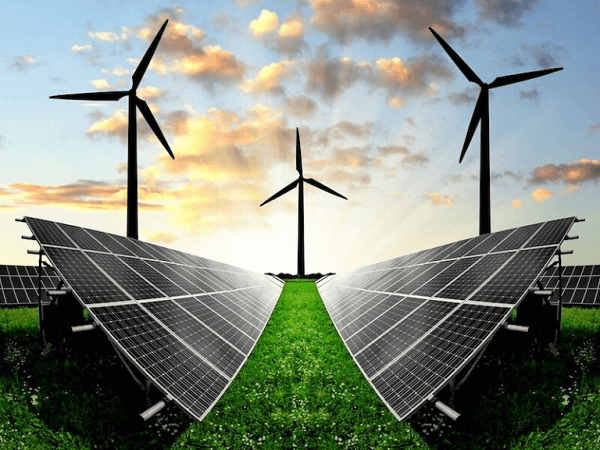
Hazardous byproducts are produced: Just like with traditional energy sources, numerous byproducts are problematic. Fly ash is produced as a byproduct when coal is burnt. This puts residents close to coal ash disposal facilities and personnel at coal power plants in danger. Carbon monoxide and nitrogen oxides are pollutants produced by conventional energy sources and are extremely dangerous to human health. Environmentally harmful: In a nutshell, we talked about how millions of lives are at risk because of the release of hazardous byproducts into the environment. Consequences of incidents involving cargo ships and oil tankers spilling their cargo into bodies of water are often fatal, especially when they involve the former. Animals' health is in jeopardy as a result. People who come into contact with it also suffer bad consequences. The Conclusion:Both conventional and unconventional energy sources are essential for home and commercial consumption. The conventional sources have run out despite the rapid population growth and resource waste. Non-traditional energy sources are being created and studied as a result. |
 For Videos Join Our Youtube Channel: Join Now
For Videos Join Our Youtube Channel: Join Now
Feedback
- Send your Feedback to [email protected]
Help Others, Please Share










